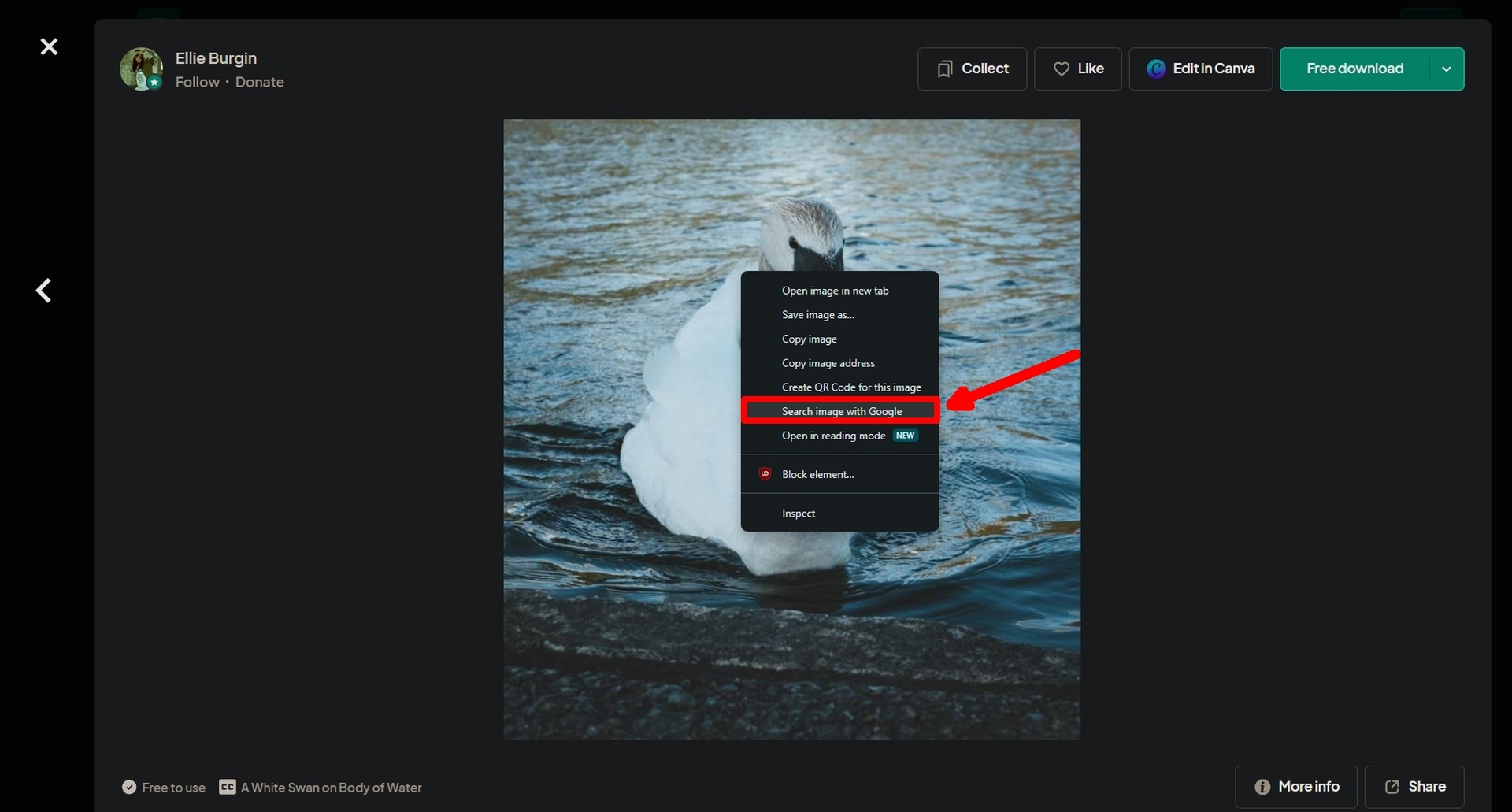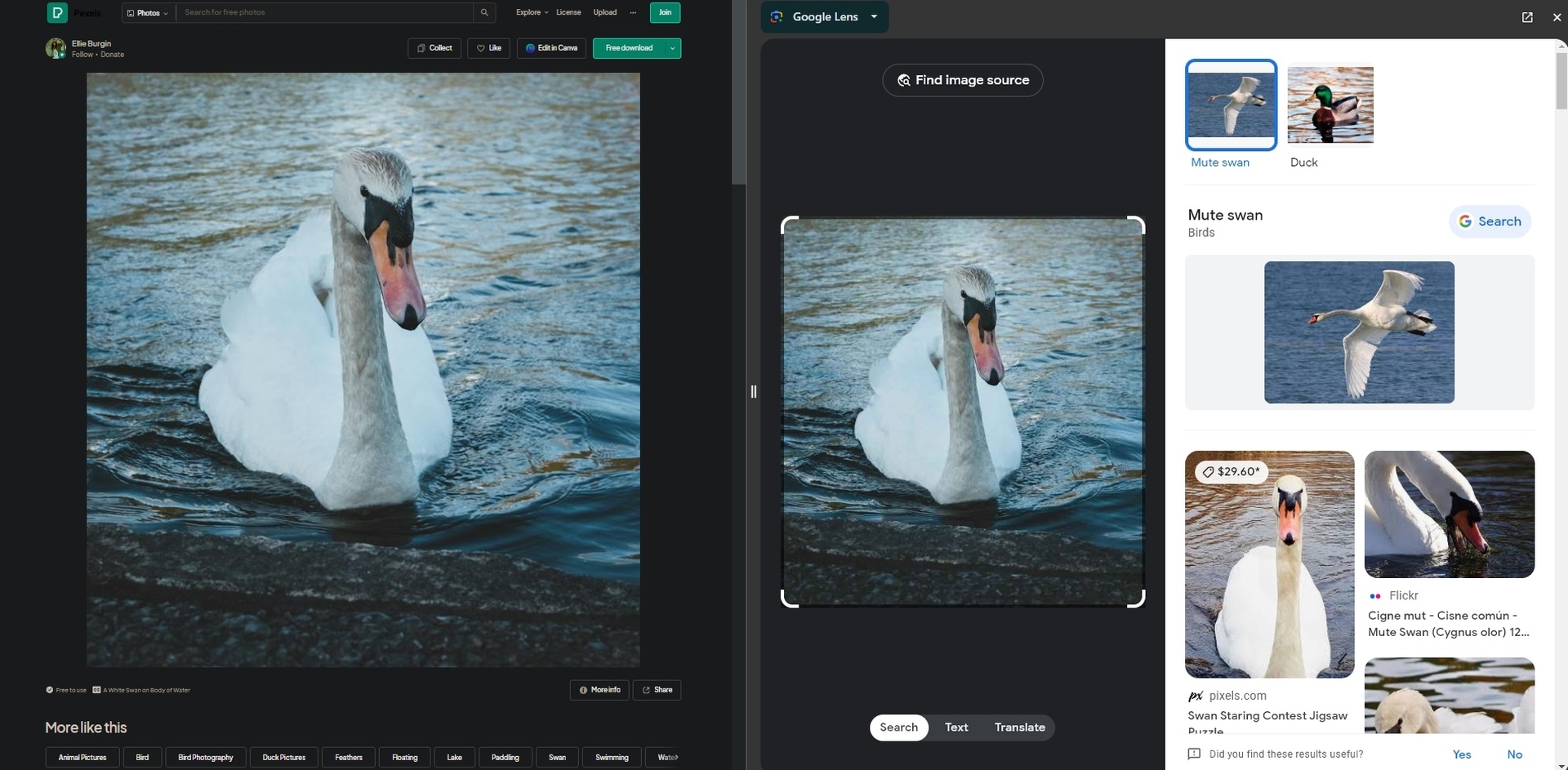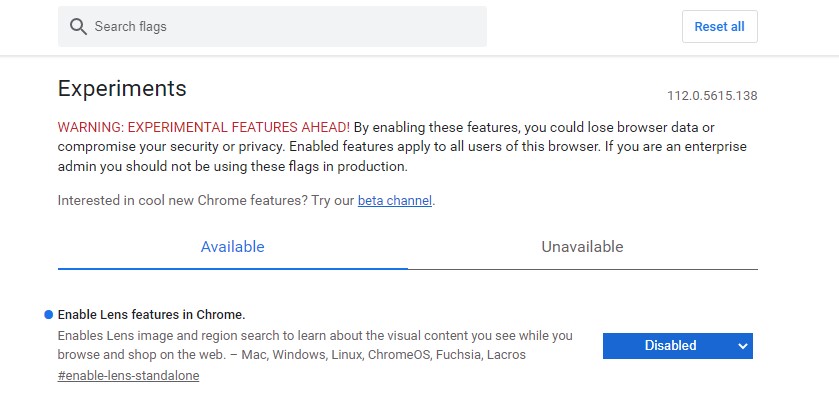Affiliate links on Android Authority may earn us a commission. Learn more.
'Search for image' gone? How to restore reverse image search in Google Chrome
Google replaced one of Chrome‘s most useful features with what they think is a better alternative. The right-click menu option for a reverse image search was swapped out in favor of searching through Google Lens instead. If you heavily depend on the older feature and want it back, then don’t worry. There’s a way to restore reverse image search in Chrome.
QUICK ANSWER
There are two options to restore the right-click reverse image search in Chrome. One is to search through Lens, but you can tweak Chrome Flags to disable Lens and return to the older Google Images version.
JUMP TO KEY SECTIONS
How to reverse image search in Chrome using Google Lens
Reverse image searches in Chrome are processed using Google Lens. For some, this is a great way to discover similar images or content within the source image, but this method isn’t as detailed as the previous reverse image search feature that relied on Google Images.
If you don’t mind this, though, here’s how to initiate a reverse image search in Chrome using Google Lens:
- Right-click the image and select Search Image with Google.

- This will open a Google Lens sidebar, which you can extend or open in a new tab if desired. This sidebar houses content matching items within the image, and you can then click on webpages, images, or links provided by Google for further discovery.

How to restore reverse image search using Chrome Flags
If you’d prefer to circumvent Google Lens entirely and use Google Images instead, a simple Chrome Flags tweak is all that’s needed.
- In your Chrome browser (works on desktop, Android, and iOS), type the following into your URL address bar:
chrome://flags/#enable-lens-standalone- That will bring up the Enable Lens features in Chrome flag.
- You’ll want to disable it by clicking the drop-down menu and selecting Disabled.

- A Relaunch button will appear at the bottom right of the browser window. Click on it to restart Chrome and save the changes. When you right-click on an image and select Search Image with Google, the image will be processed using Google Images, not Lens.
How to reenable Google Lens for reverse image search in Chrome
To reenable Lens, type the flag’s URL into your address bar, but this time select Default or Enabled alongside the Enable Lens features in Chrome flag. Hit Relaunch. The next time you right-click and select Search Image with Google, the Google Lens dialog will appear.
FAQs
A reverse image search lets users upload an image to Google (or give it a direct image URL), to find all the sites where that image appears. This is tremendously helpful if you’re a photographer and want to ensure your work has not been stolen. Or, if you want to credit a photo and need to find the source, Google can help you there, too.
Yes you can do a reserve image search on mobile devices, but you cannot upload images to Google Images on mobile. You can only visit a direct image URL, long-press on the image, and select Search Google for image.
Not entirely. It depends on the type of image, how clear it is, and how much unique detail there is. The more unique the image, the more chance Google will find the exact one. But if it is a picture of a person with many things going on in the background, you may end up with hundreds of thousands of unrelated images that look vaguely similar.
There are many, although the results will vary. TinEye is probably the most well-known Google alternative, but a quick Google search will throw up dozens more.
Yes and no — there is a subtle difference. Google Lens will identify objects, read text, scan barcodes, and more if you photograph that object. You’ll then get search results based on what it thinks it is. But it also finds visually similar images and has some of the reverse image search features.